15 of the Most Beautiful Flowers in the World
While beauty may be in the eye of the beholder, these blooms are undeniably delightful to look at.
Jun 06, 2024
“Flowers are a proud assertion that a ray of beauty outvalues all the utilities in the world.” – Ralph Waldo Emerson
Flowers, in all their forms and colors, evoke an immediate warm connection and appreciation of beauty. They have been the subject of art, literature, poetry, and music, and have figured prominently in world religions and cultures. Why is that? Why are flowers such purveyors of pure emotion in the human heart?
One reason is that flowers are available worldwide for everyone to see and experience, since they grow on all continents — including Antarctica! The old saying that "Beauty is in the eye of the beholder" is never truer than it is with flowers.
“All people have an innate need to find beauty. Each person’s perception of the shape and form of flowers — their texture and density, color and variegation, uniqueness, and fragrance — play a part in what they see as beautiful," says Renato Sogueco, vice president of digital strategy and education at BloomNet.
The shape and form of a flower appeal to our innate sense of harmony and balance that we find aesthetically pleasing. Nature provides us with beauty through a universal proportion called the golden ratio (1:618), denoted by the Greek letter phi and the closely related Fibonacci sequence. We see examples in the whorls of flower petals, the coil of pine cone scales and fern fiddleheads, the proportion of animal and insect bodies, and the spiral of hurricanes and galaxies.
We perceive the other qualities of a flower — the texture and density, and its color, uniqueness, and fragrance — through the lens of personal and cultural preference. You may find an iris more appealing than I do.
So, while science does enter into the equation, any list that attempts to rank items according to the idea of beauty is going to be highly subjective — but that didn't stop us from compiling one.
Here are 15 of the most beautiful flowers in the world, each possessing its own individual qualities of beauty.
1. Rose (Rosa)
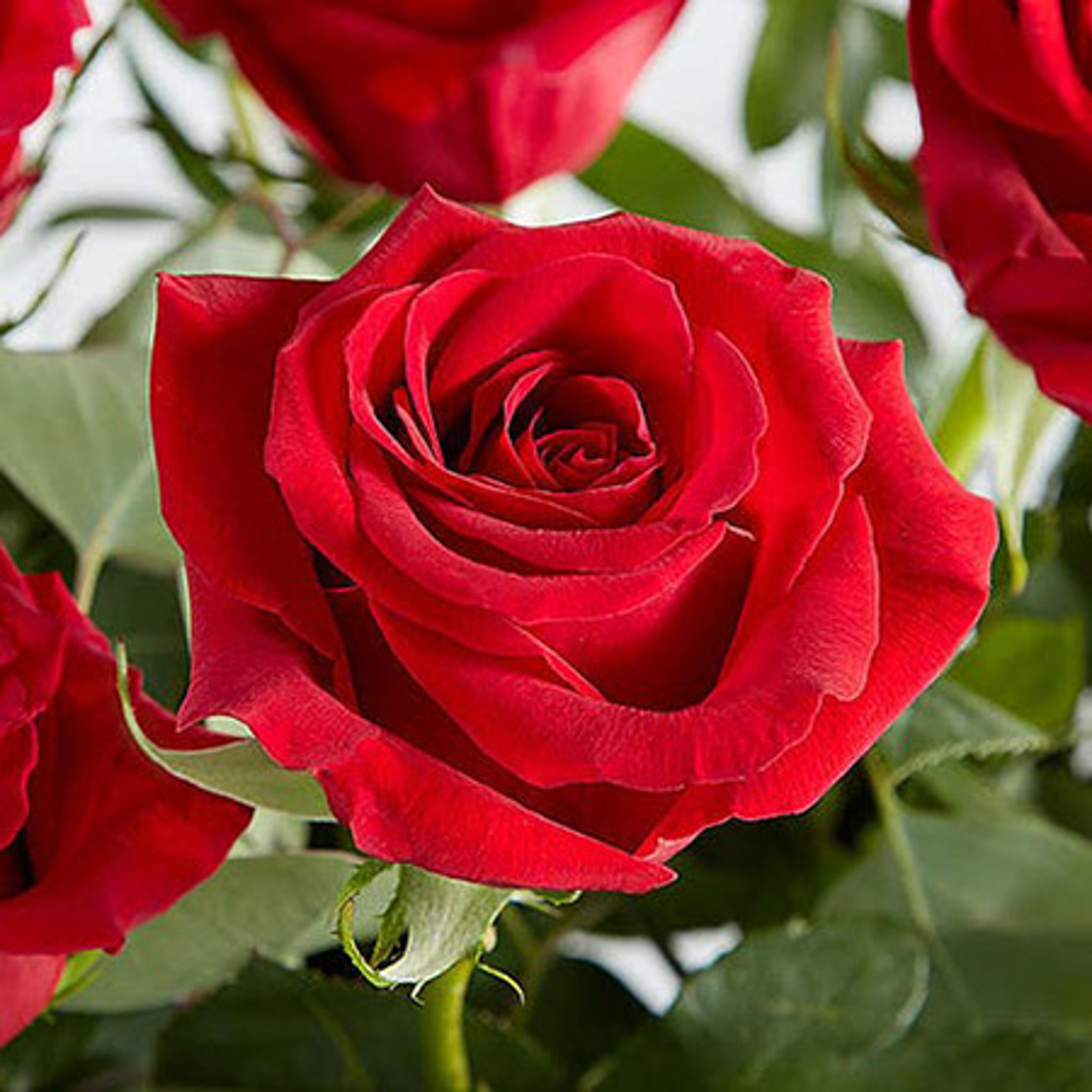
Native to Asia, North America, and Europe, the rose embodies beauty and love, and commands royalty status in the gardening world. Roses can be flowering vines or bushes, simple flowers or multi-petaled, reblooming or not, in an assortment of colors. From sweet wild roses to fancy hybrids, the perfect form, rich colors, and fragrance of roses warm the heart like no other flower.
2. Dahlia (Dahlia)

The beauty of dahlias comes in their huge variety of sizes, colors, and forms. Dahlia plants grow from 1 to 6 feet high, and their magnificent flowers range from 2 to 10 inches in diameter and can be found in a rainbow of colors. Curved, dense petals create pom-pom-shaped blooms, and loose, linear petals form an abundance of eye-popping, starburst shapes.
3. Orchid (Orchidaceae)
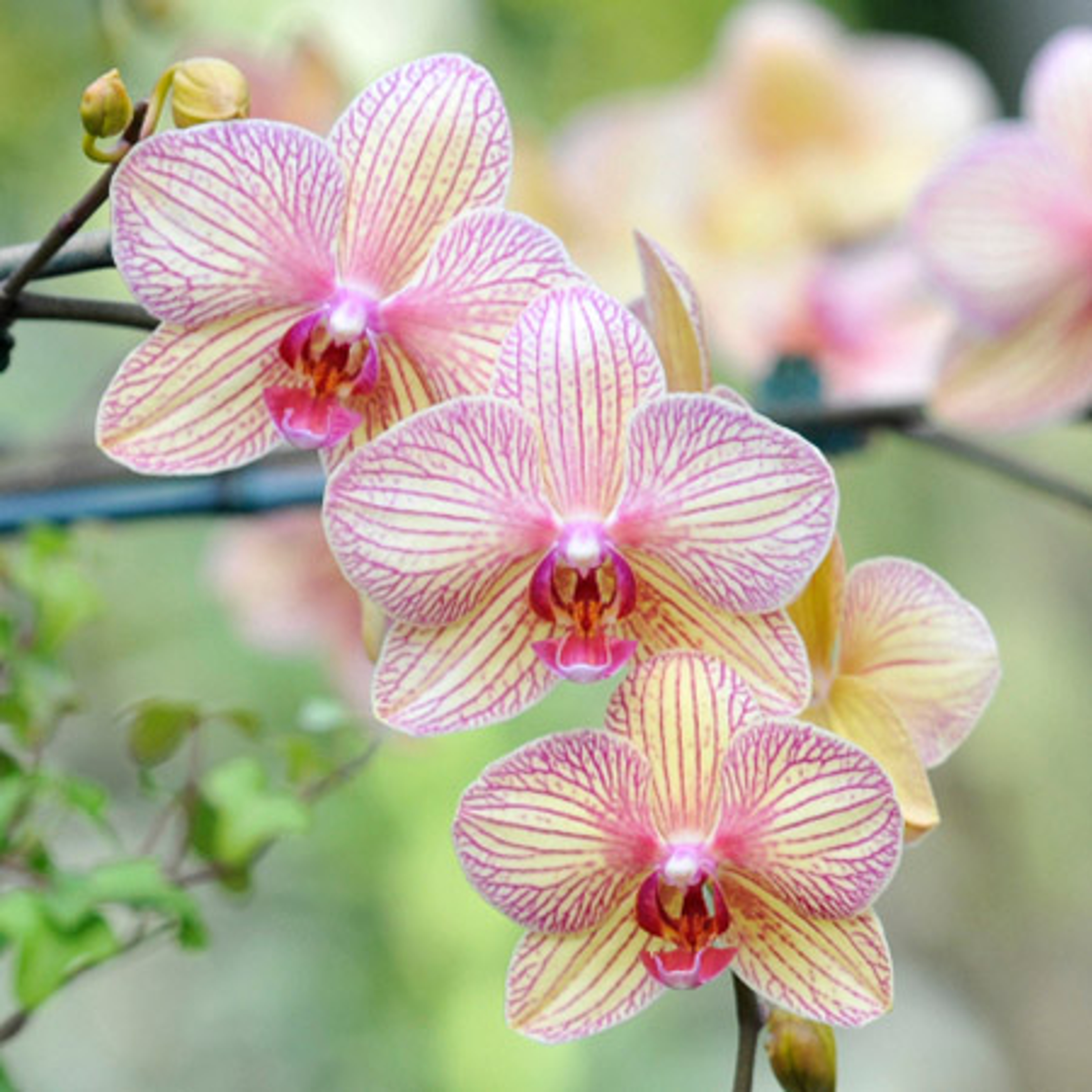
The elegant orchid symbolizes unity, beauty, and love in both Asian and Western cultures. This timeless flower’s distinctive allure stems from its shape, form, color, and exotic nature. Most orchids are native to the tropics, where they grow on trees, but many also are native to temperate areas, where they grow on the ground.
Their blooms are unique, often mimicking the shapes of the insects that pollinate them. Orchid flowers and their opening buds are perfectly symmetrical and come in shades of yellow, orange, red, pink, purple, blue, white, or green. These lovely flowers appeal to our perception of rare, exotic beauty.
4. Lotus (Nelumbo nucifera)
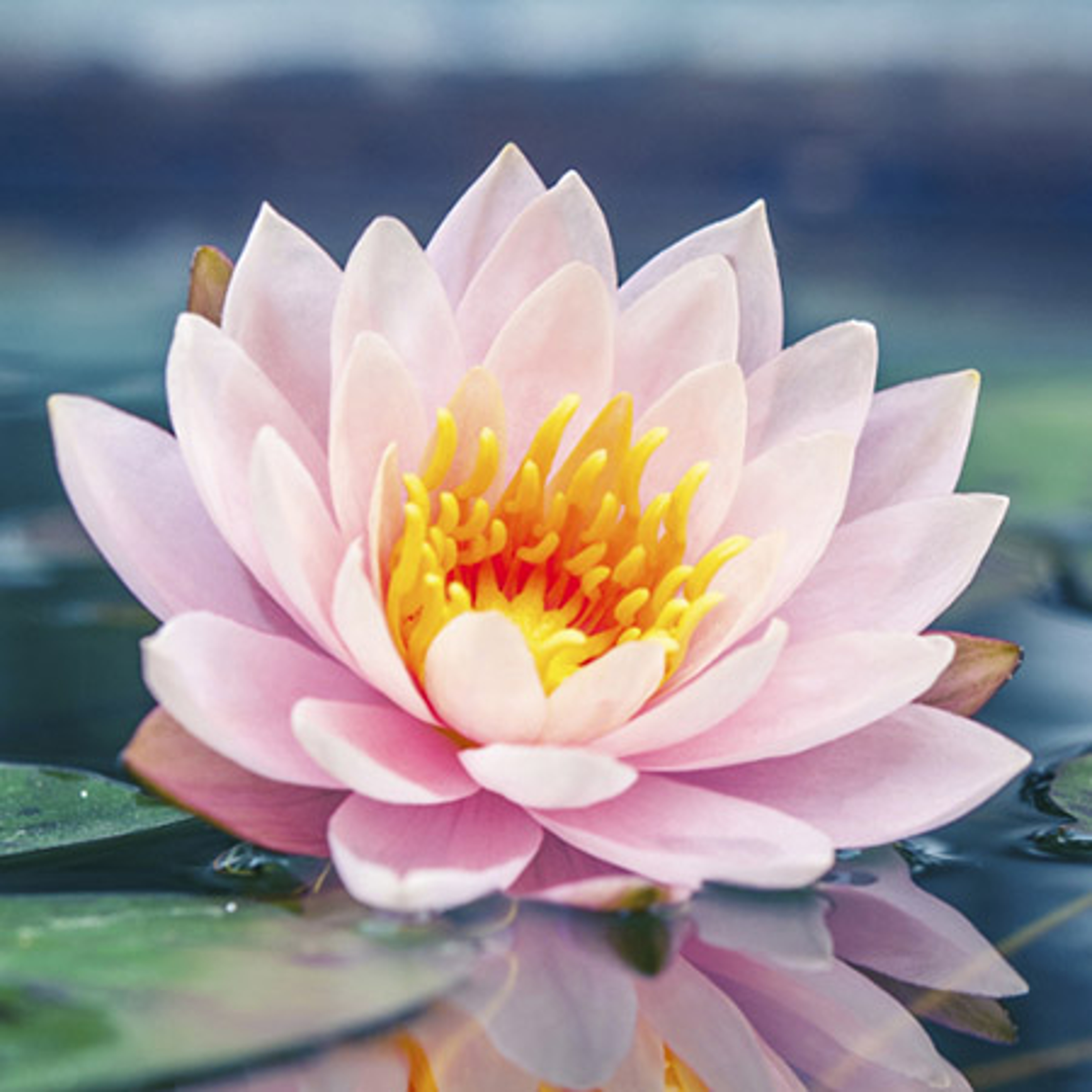
Asian lotus flowers, arising from the water, symbolize purity and rebirth in multiple Eastern cultures and religions, and are the national flower of India. Lotus blooms are generally simple, with only 16 to 36 petals, but some Eastern hybrids have 1,000 to over 4,000, giving them a dense, globe-like appearance. The beauty of lotus flowers lies in their perfect symmetry, white, light pink, or purple color, and unique aquatic habitat.
5. Cherry blossom (Cerasus serrulata)

The ethereal cherry blossom, or sakura, is the national flower of Japan. Delicate pink flowers cover the tree branches and produce a snowfall of petals at the end of their season. The color, delicate texture, and density of blooms on the branches are what give cherry blossoms their beauty. These flowers represent the circle of life in Japanese culture that can be experienced by witnessing the magnificent shower of pink petals as the flowers die and fall to the ground.
6. Night-blooming cereus

These hauntingly beautiful flowers open for only one night a season to perfume the air with an exquisite scent and beckon their pollinating moths. Night-blooming cereus flowers are usually creamy white or sometimes red, and are native to Central and South America. Their beauty lies in their unique nighttime bloom, large, 6-inch flowers with multiple petals, and strong, sweet scent.
7. Bleeding heart (Dicentra)
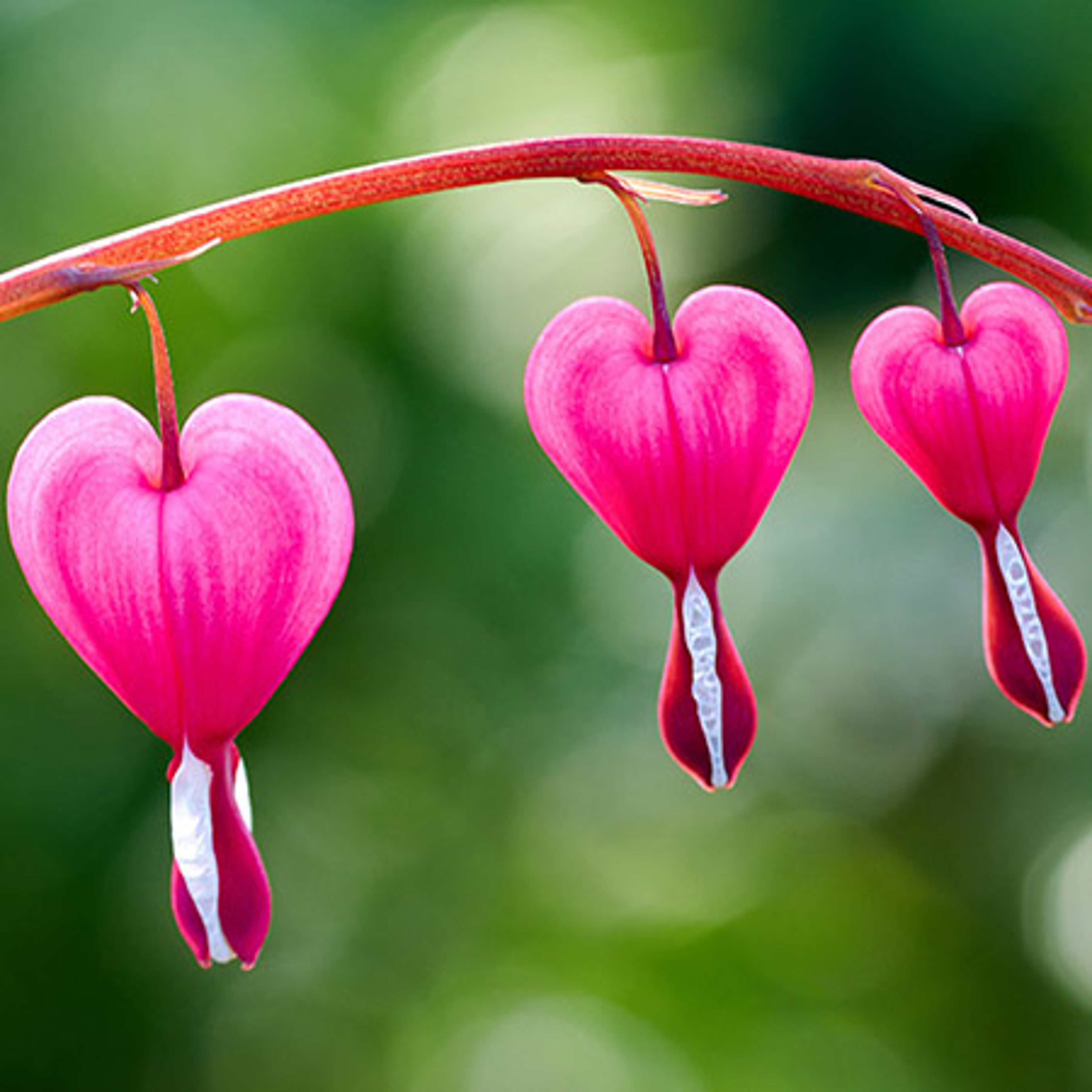
The small red and white flowers of the bleeding heart, dangling like a row of pendants from gracefully arching branches, lend themselves to romance and are a lovely addition to a spring garden. Bleeding hearts are native to Siberia and East Asia, and are grown worldwide in temperate zones. Their beauty derives from the unique heart shape of their charming blooms.
8. Tulip (Tulipa)
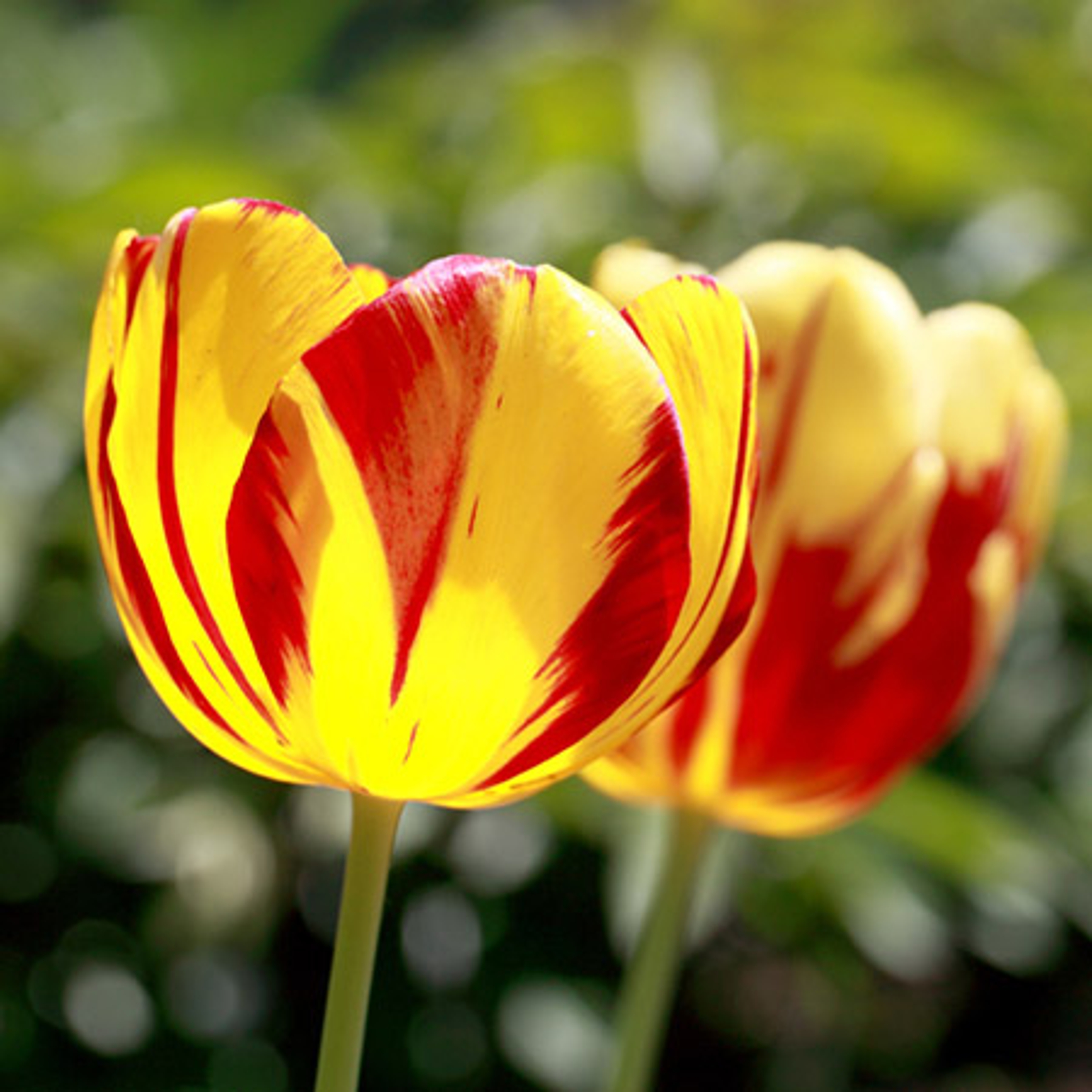
Tulips are native to Central Asia and were first cultivated in Persia as brightly colored, cup-shaped flowers in white, pink, red, orange, or yellow. Through the centuries, tulips have been hybridized from the simple to the complex. Breeders have developed more than 3,000 cultivars in a riot of different colors, with cup-shaped, feathered, or gracefully curved petals that are all beautiful in their diversity.
9. Passion flower (Passiflora)
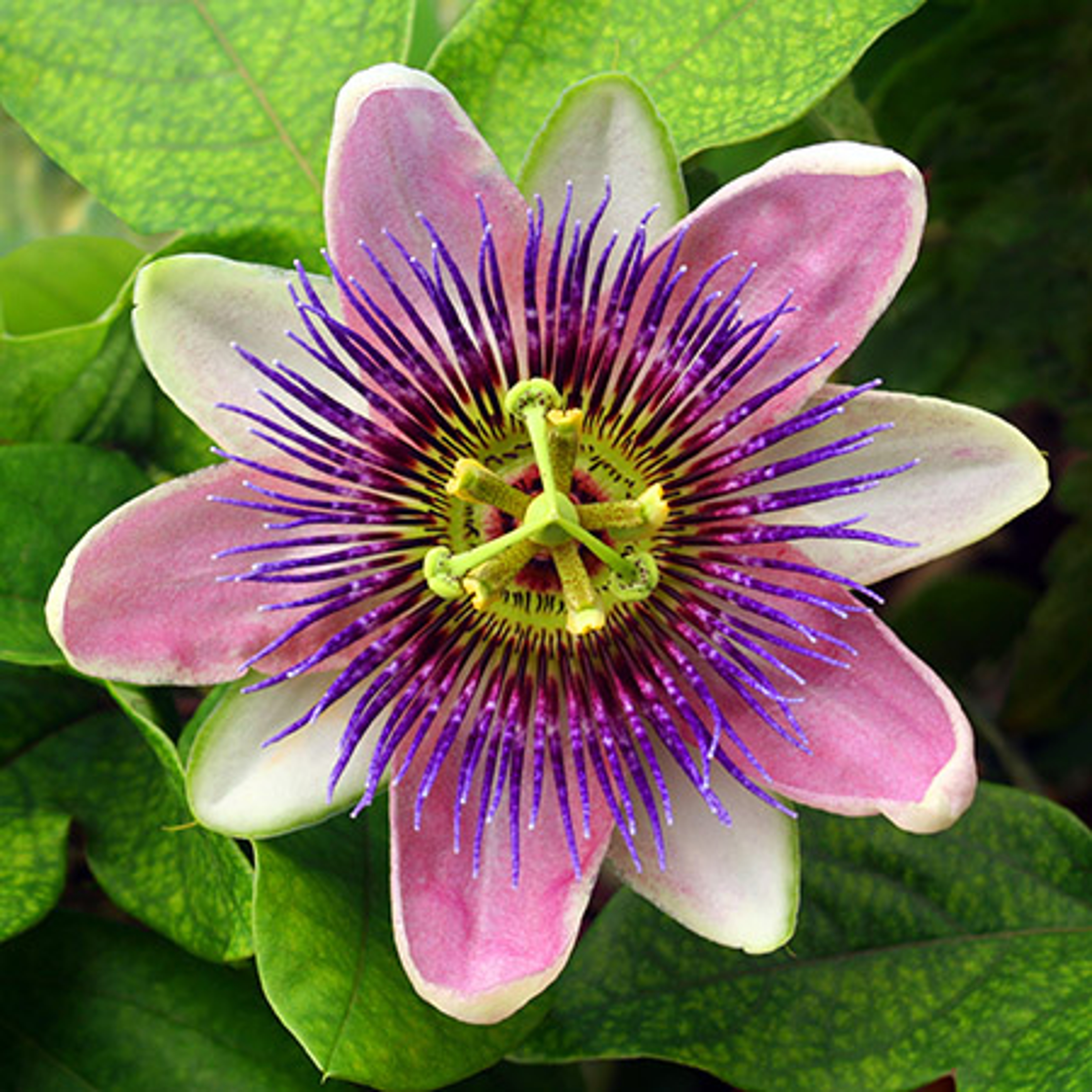
Passion flowers are beautiful in their complexity. Most species are perennial vines, native to North and South America, that bloom with an intricate whorl of petals and filaments, giving them an exotic, otherworldly look. Passion flowers come in various colors, mainly white, pink, red, blue, lavender, and purple. Their complex beauty brightens up any structure on which they climb.
10. Lily (Lilium)
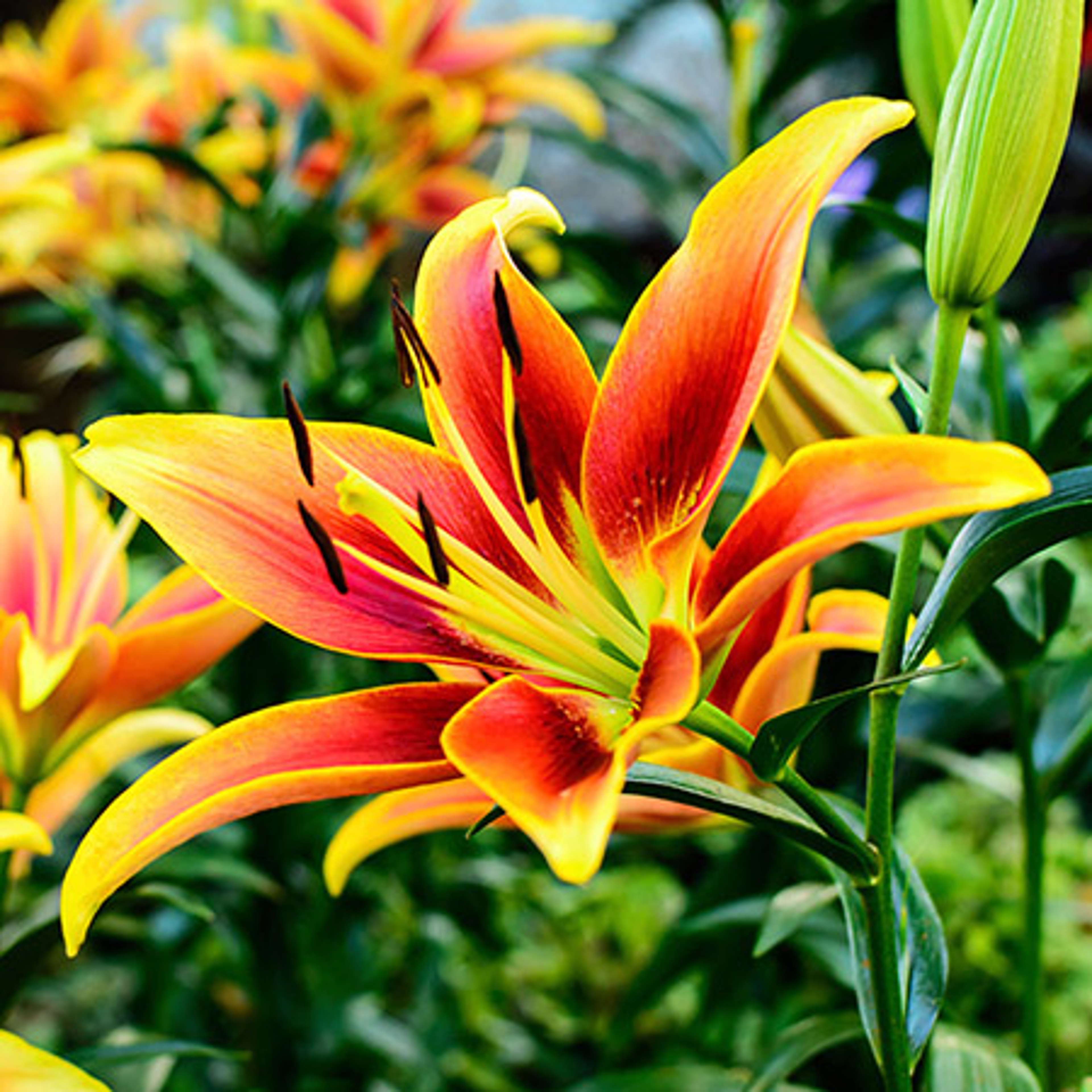
True lilies, those belonging to the genus Lilium, are mostly native to the temperate Northern Hemisphere. They grow from bulbs, with some species reaching 6 feet high. Lilies are the ultimate floral symbol of purity and are significant in several of the world's religions. Their beauty is a product of the flowers' regularity of form, their rich, vibrant colors, and their overwhelmingly sweet scent.
11. Ranunculus (Ranunculus)
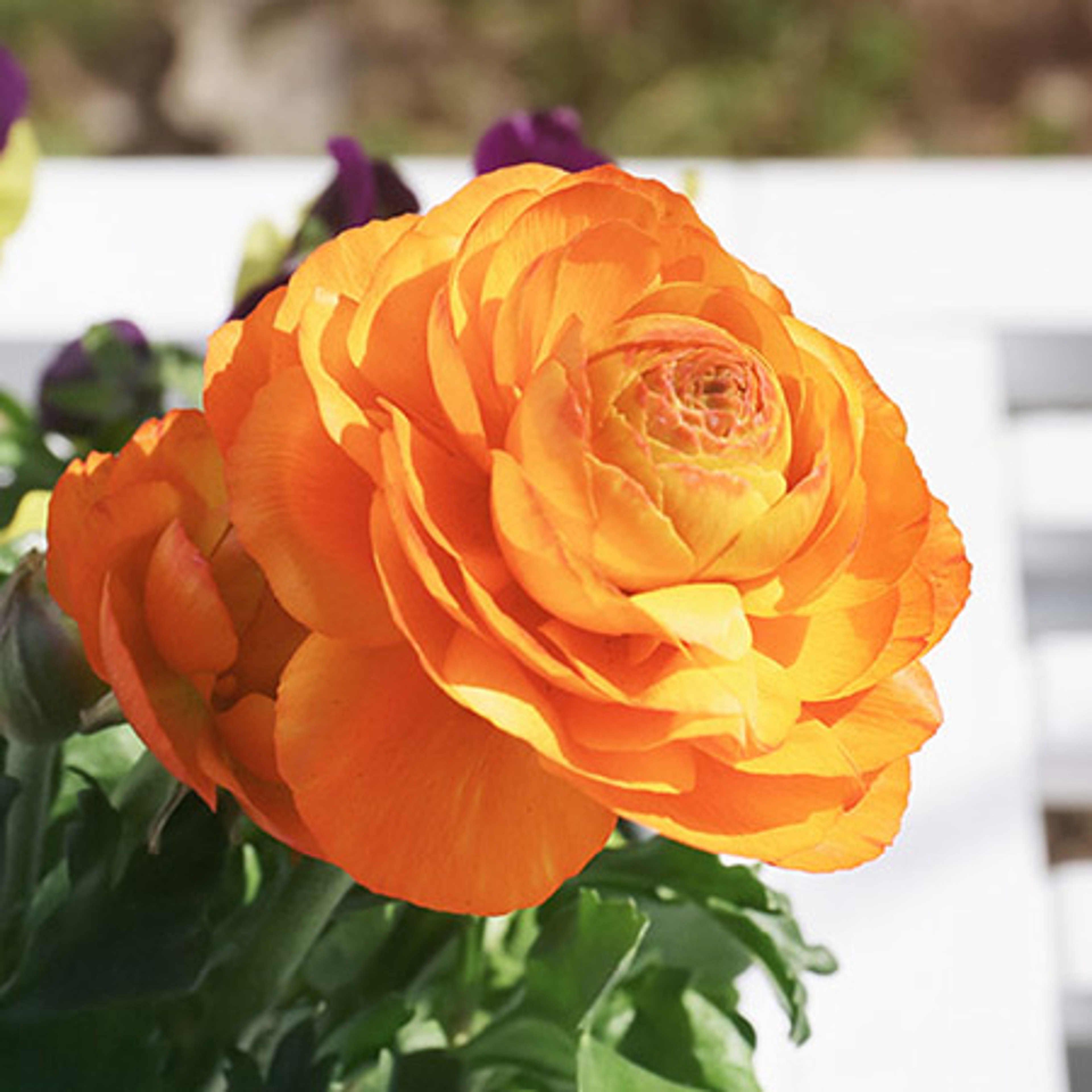
These cousins of sweet, roadside buttercups are single flowers with a simple whorl of petals (like poppies) or double, paper-thin petals — with up to 130 overlapping — that resemble roses. Ranunculus flowers have distinctive black anthers and come in both pastel and vivid colors of white, pink, red, fuchsia, magenta, yellow, apricot, orange, and picotee (bicolor). Their rich color palette and cups of delicate petals make them a gorgeous addition to a bouquet, table arrangement, or garden.
12. Anemone (Anemone)
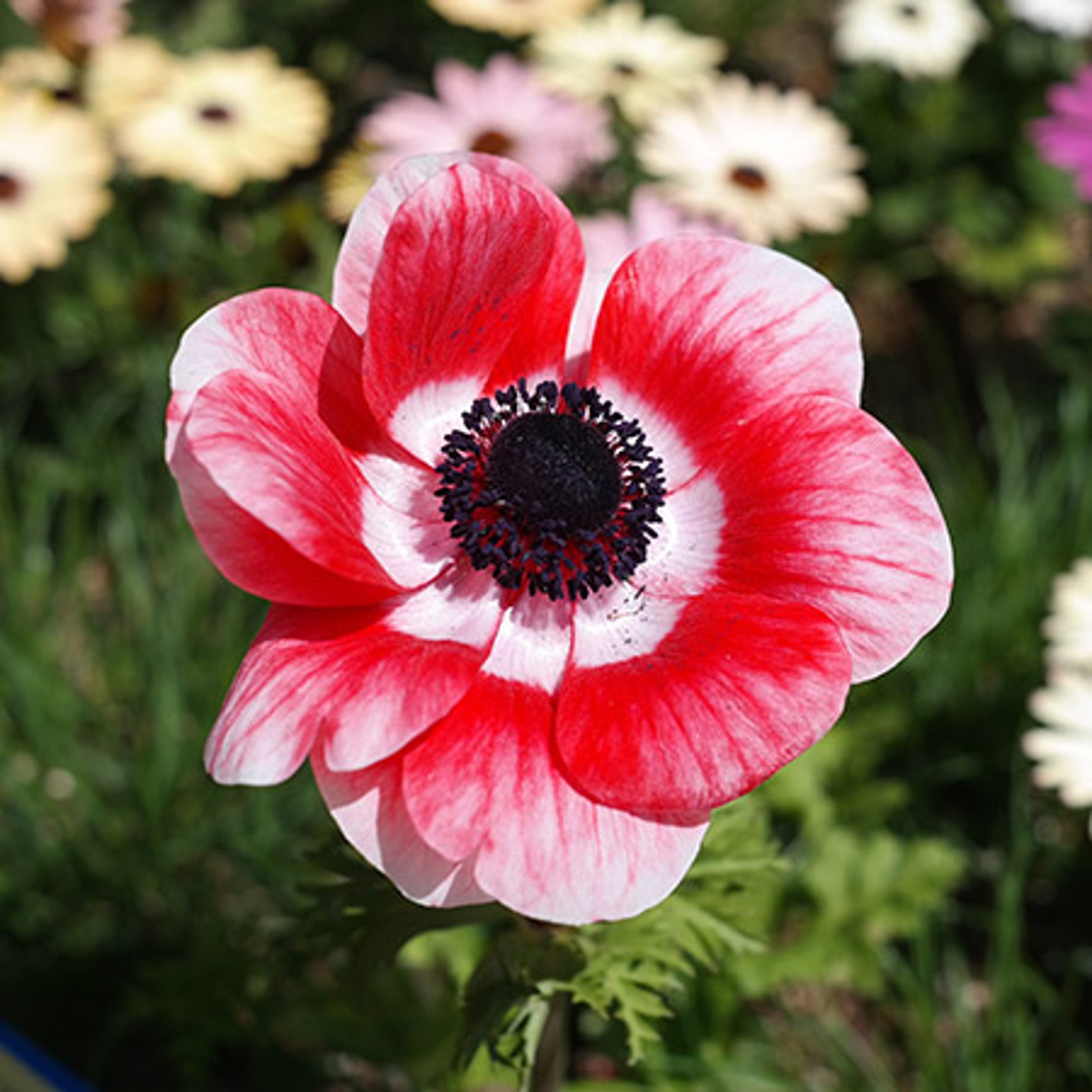
Colorful anemones, or windflowers, sway in the breeze in temperate areas worldwide. They are single or double flowers with one to three whorls of delicate petals that come in white, pink, red, purple, or blue. Anemones add a graceful touch to a garden and are excellent cut flowers with a long vase life. Their simple, refined form and bright, clear colors contribute to their inclusion on this list.
13. Iris (Iris)
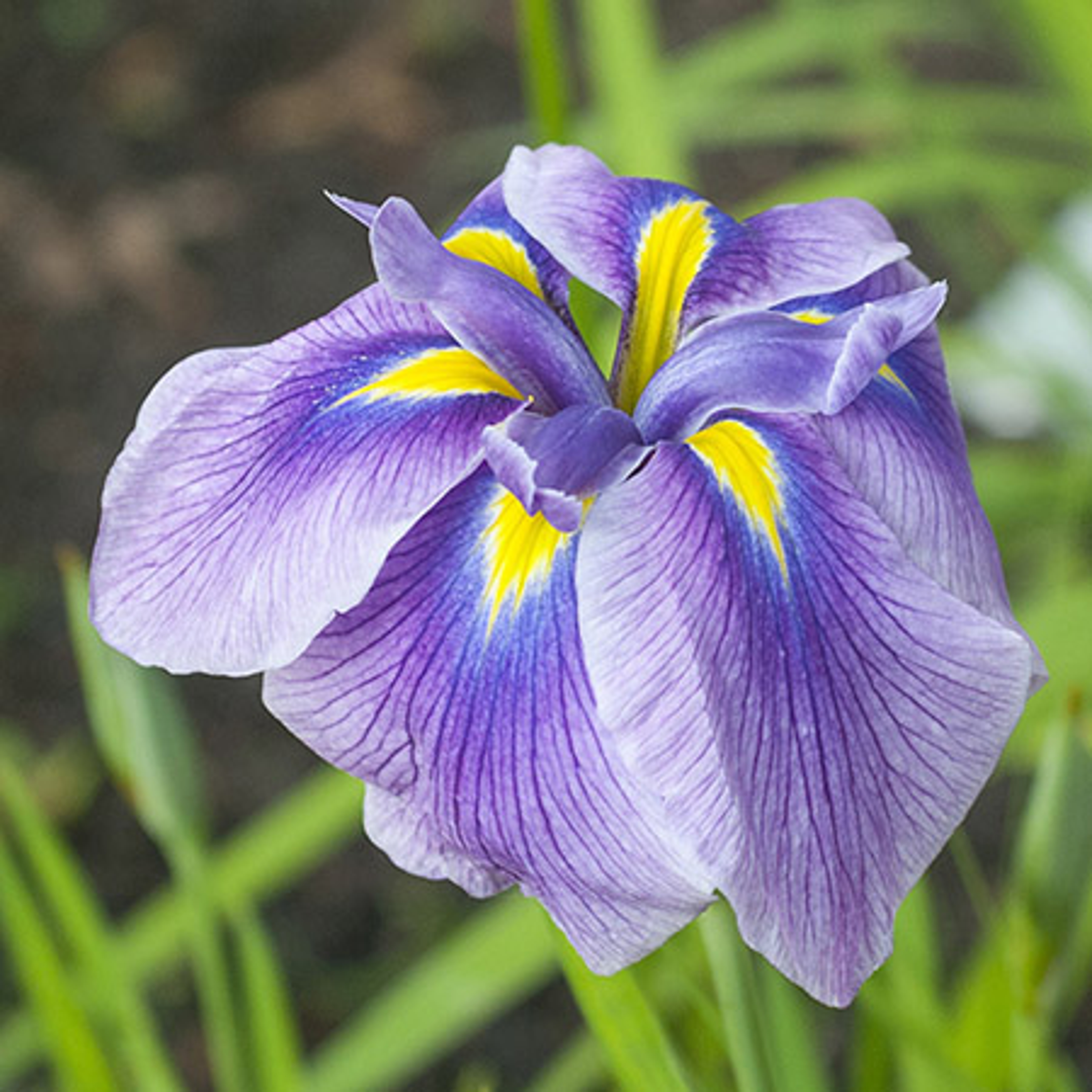
The stylized iris, or fleur-de-lis, has been the symbol of French royalty since the 12th century, and stands for faith, hope, and wisdom. More than 300 species grow wild in Europe, Asia, and North America from either rhizomes or bulbs. The beautiful flowers are perfectly symmetrical, with distinctive standard and fall petals in blue, purple, white, or yellow. Their appeal is in the unique shape of their flowers that add a pop of color to a spring garden.
14. Poppy (Papaver somniferum)

Like discs of tissue paper on tall stems, species of pretty poppies grace the temperate and chilly areas of North America, Africa, and Eurasia. They are simple flowers, with four to six delicate petals in vivid red, yellow, pink, orange, or lavender, and have long been used ornamentally as well as medicinally. They symbolize sleep, night, and remembrance, and are beautiful in their simplicity and bright colors.
15. Peony (Paeonia)
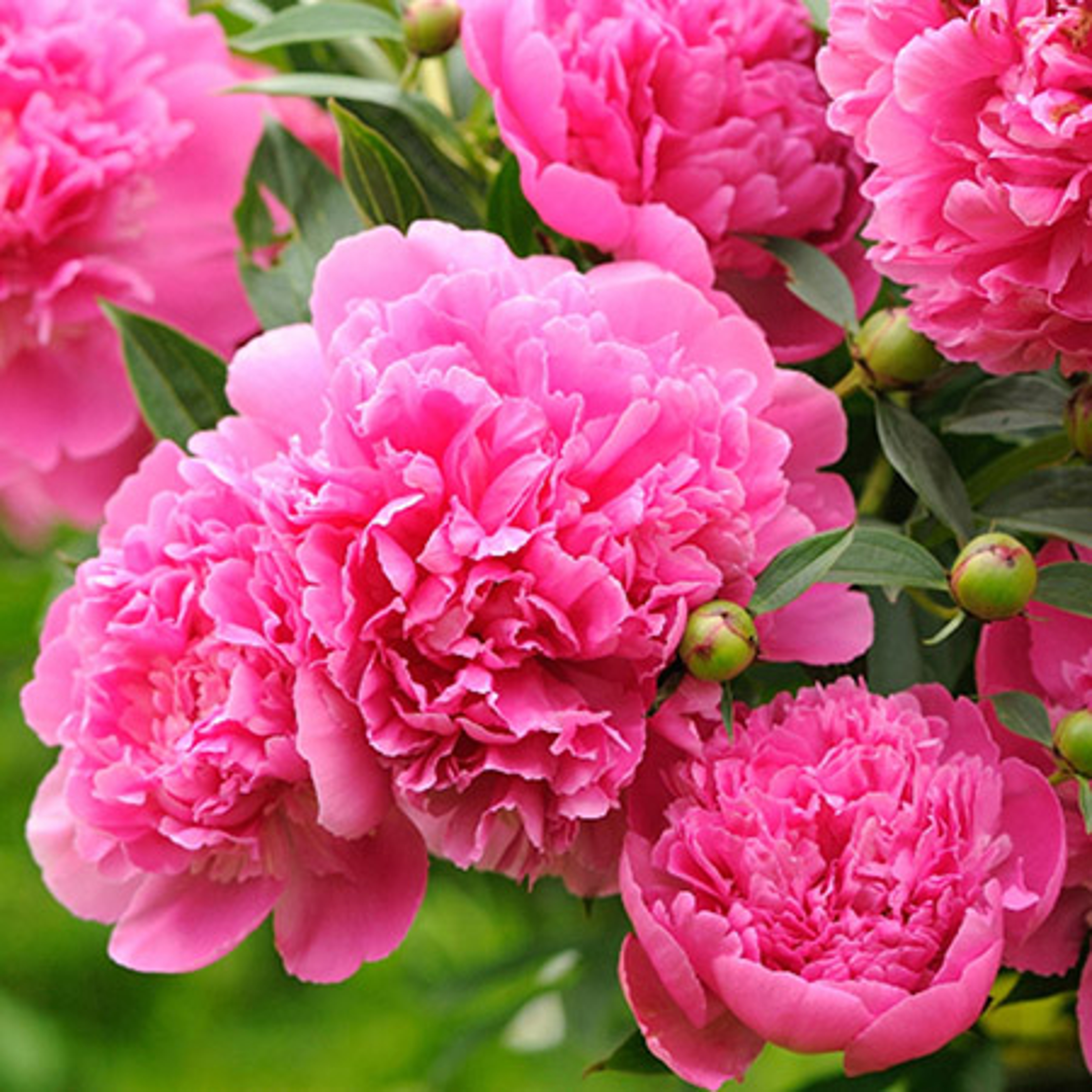
The peony, the 2024 Flower of the Year, is a popular perennial, brightening up spring or early summer garden. It is native to North America, Europe, and Asia, and is the national flower of China, where it has been cultivated for centuries. Its dense, fragrant flowers in pink, red, magenta, white, or yellow against deeply lobed leaves symbolize happiness, honor, good fortune, and wealth. The bright color, fragrance, and cheerful pom-pom shape of the flowers give peonies their place as one of the most beautiful flowers in the world.









